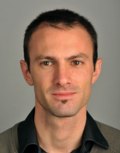SFMC OFFICERS
PRESIDENT Michel GREGOIRE
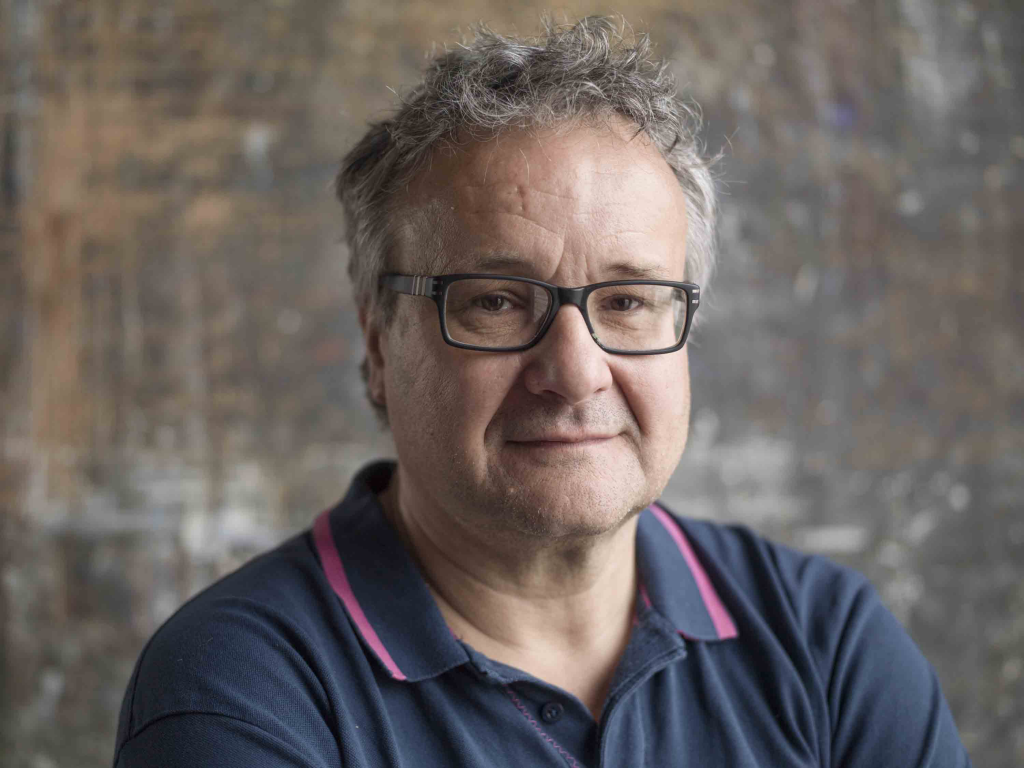
Michel Grégoire is a CNRS director of research working in Toulouse in the “Géosciences Environnement Toulouse » (GET) laboratory. Michel is a petrologist interested in the origin and evolution of mantle, magmatic and metamorphic rocks with mafic and ultramafic composition, in continental and oceanic domains. To carry out his research, he uses optical and electron microscopy together with laser ablation ICP-MS.
VICE-PRESIDENTE Nathalie BOLFAN-CASANOVA
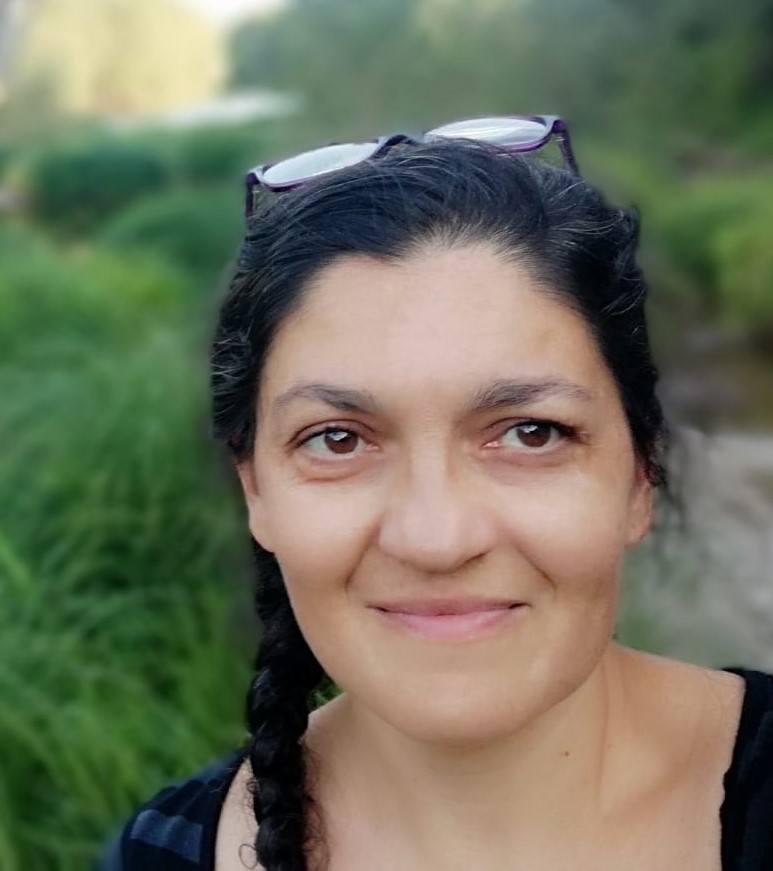
Nathalie BOLFAN-CASANOVA is a research director at the CNRS within the Experimental Petrology Team of the Magmas and Volcanoes Laboratory (Clermont-Ferrand). She is an experimentalist who synthesizes samples representing the deep Earth but also of other planets in order to study the incorporation of point defects, such as hydrogen or ferric iron. She is specialized in high-pressure techniques but has also participated in the use and/or development of various spectroscopic analysis methods (FTIR, Raman, XANES, ERDA).
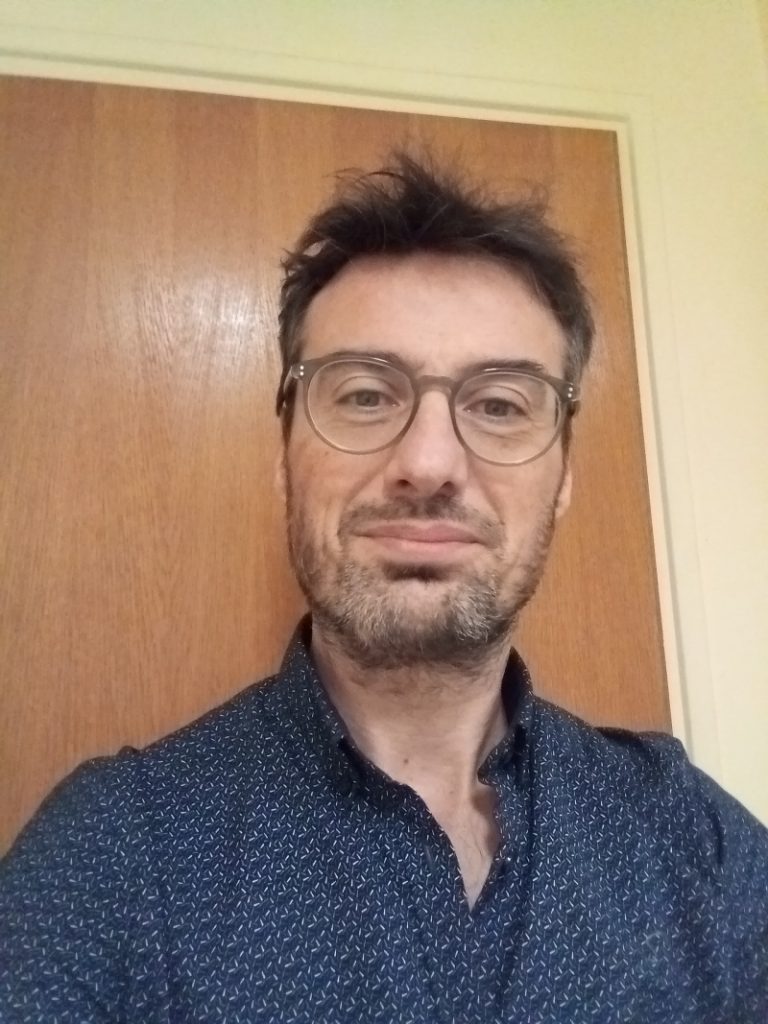
VICE-PRESIDENT Fabrice GAILLARD
Fabrice Gaillard, senior researcher at CNRS, department of Earth Sciences at Orléans (ISTO): I am an experimentalist, specialized in high pressure high temperature methods, with consolidated background in chemical thermodynamics. My research activities tackle volatile species and magmatic systems on Earth and elsewhere: how it impacts on deep geodynamics via mantle/crust melting and how it affects surficial geochemistry via volcanic degassing.
SECRETAIRE GENERAL Marc BLANCHARD
Marc Blanchard is a CNRS director of research working in Toulouse in the “Géosciences Environnement Toulouse » (GET) laboratory. He has interest in processes controlling isotopic fractionation, in the crystal chemistry of mineral phases with environmental importance and in the crystal chemistry of volatiles in the mantle. To this end, Marc mainly uses molecular-scale modelling techniques and spectrosopy.
SECRETAIRE GENERAL ADJOINT Pierre LANARI
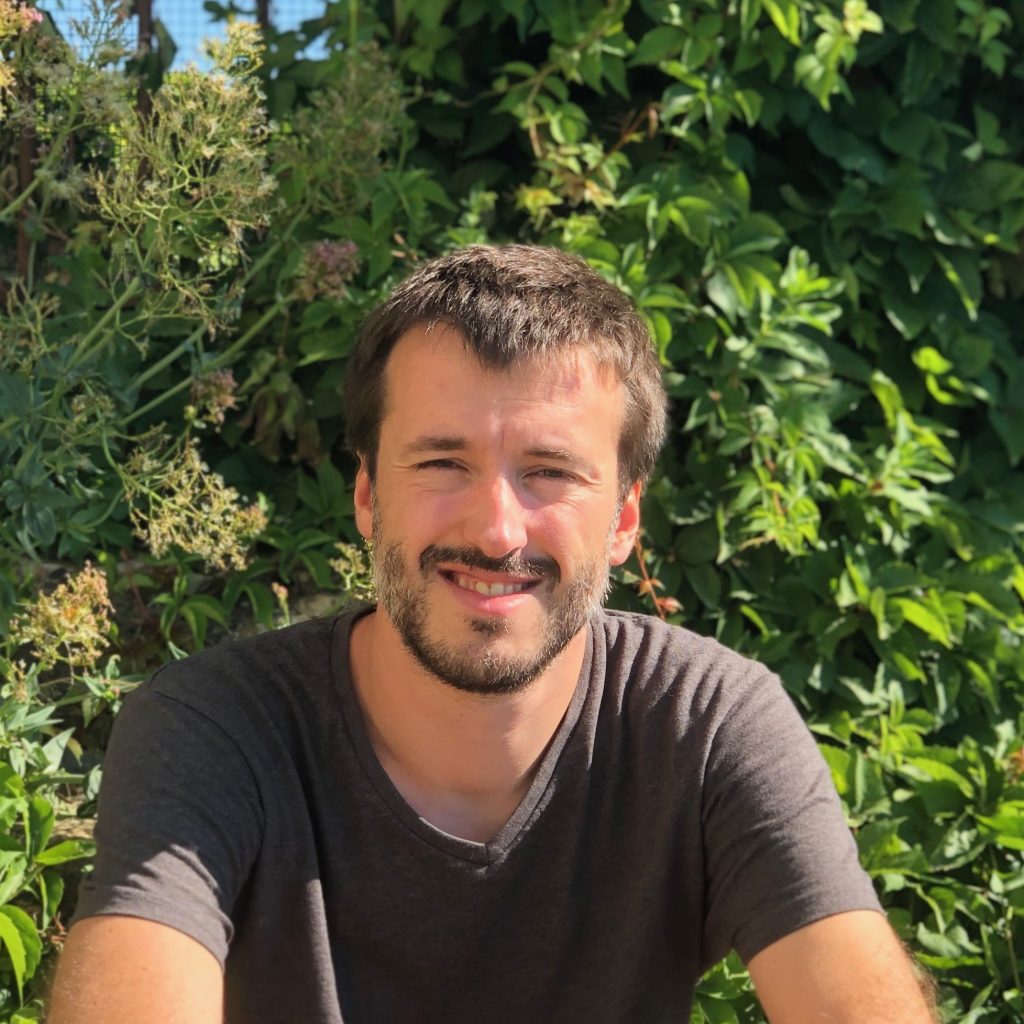
Pierre is assistant professor at the Institute of Geological Sciences (University of Bern), where he works in the field of metamorphic petrochronology. He has become an expert in both chemical and isotopic analyses using electron microprobe and Laser Ablation Inductively Coupled Plasma Mass Spectrometry. He has also developed a software solution (XMapTools) for quantitative micromapping analysis. Compositional mapping is combined with U-Th-Pb dating of accessory minerals to constrain the crystallisation kinetics and conditions of mineral formation and re-equilibration, especially in high-pressure and high-temperature rocks.
TRESORIER Christian CHOPIN
CNRS Research Director, in the Laboratoire de Géologie de l’Ecole normale supérieure (Paris). His main interests are metamorphic and experimental petrology, phase relations, fluid-rock interactions, and the characterisation and crystallochemistry of minerals, especially silicates and phosphates. He was managing editor of the European Journal of Mineralogy from 2001 to 2018.
TRESORIER ADJOINT Benoît DUBACQ
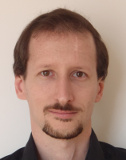
Benoît Dubacq is a CNRS researcher working at the Institut des Sciences de la Terre de Paris. He studies fluid-rock interactions in metamorphic rocks. His research uses thermodynamic modelling and crystal chemistry to better understand the history of rocks in the lithosphere via their pressure-temperature-time path. His recent work has focussed on the partitioning of trace elements between fluids and minerals.
REDACTRICE DU BULLETIN / CORRESPONDANTE “ELEMENTS” Mary-Alix KACZMAREK
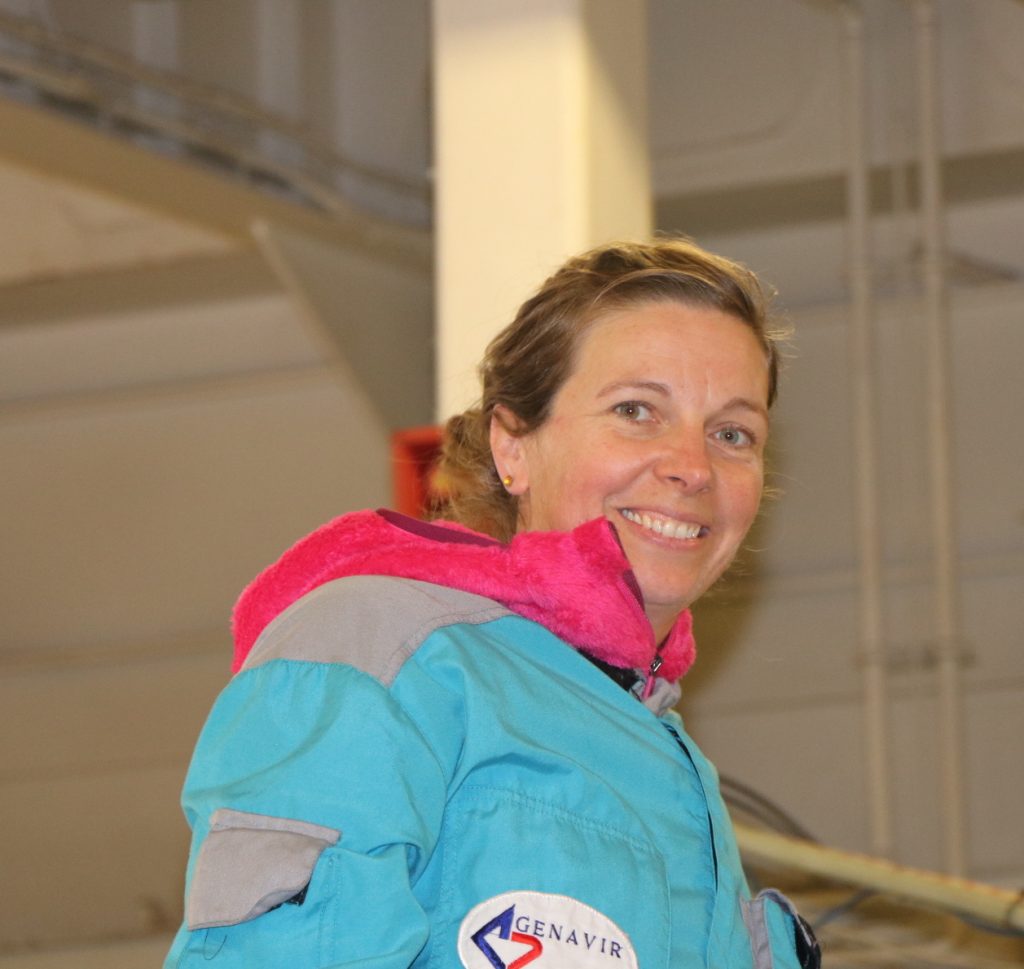
Mary-Alix Kaczmarek is an associate professor at University Paul Sabatier Toulouse and she conducts her research at Géosciences Environnement Toulouse (GET). She is a field Geologist and a petrologist interested by magmatic processes and mantle deformation of the Earth, other planets and planetesimal bodies. Her currents projects are about the oceanic-crust, ocean-continent transition, and achondrite meteorites. Her preferred methods of analysis are optical and electronic microscopes, microprobe, and laser coupled with an ICP-MS.
MEMBRES DU CONSEIL
CONSEILLERS SCIENTIFIQUES (mandat 2021-2024)
Emilie BRUAND

Emilie Bruand is a CNRS researcher at the laboratory « Magmas et Volcans » at the University of Clermont-Ferrand (France). Her research focuses on exploiting chemical signatures locked within Rare Earth Elements- bearing minerals to help understand large-scale Earth processes and geodynamics. Over the past years, she developed new petrological tools using in-situ analytical techniques (microprobe, ionprobe, LA-(MC)-ICPMS)to unravel magmatic and metamorphic evolution across geological time. Her research interests include, crustal evolution, the early earth, high grade metamorphic rocks, igneous and metamorphic petrology, oxygen and neodymium isotopes.
Mathieu CHASSÉ
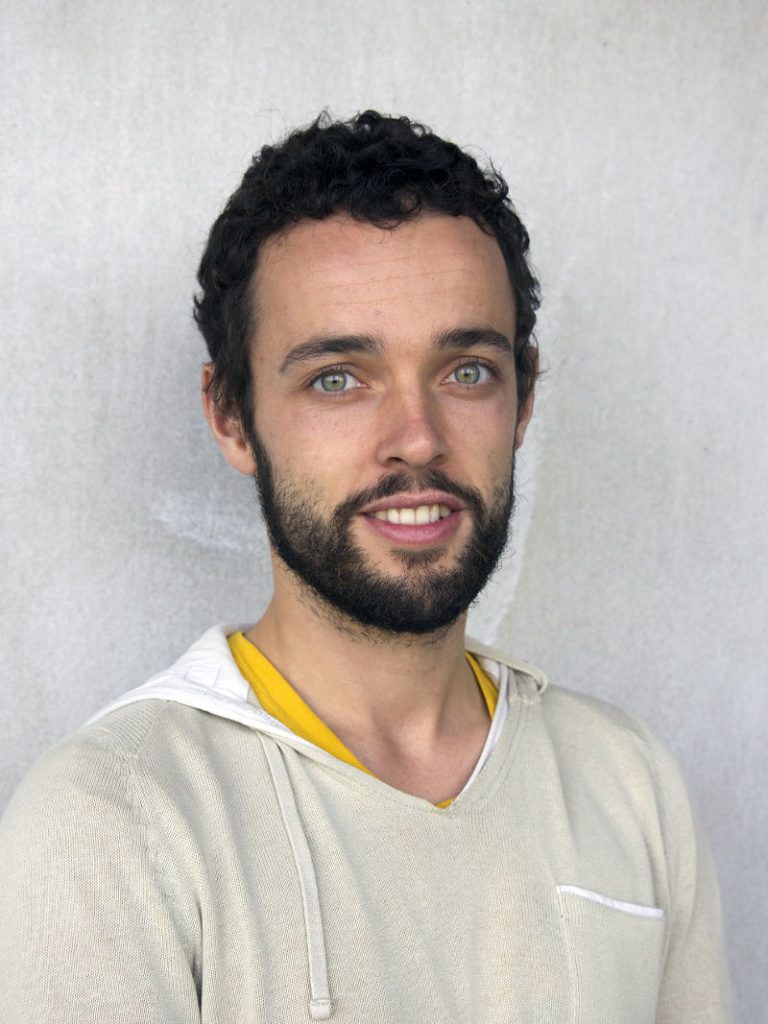
Associate professor at Sorbonne Université and at the Institut de minéralogie, de physique des matériaux et de cosmochimie. He is studying the mineralogical and geochemical processes governing the elements behaviour in the environment in order to answer diverse scientific questions : the mechanisms of rare metals concentration, the dynamics of soil organic matter and more broadly the processes forming regoliths. He is coupling multi-scale analytical techniques, from the bulk sample to the molecular scale.
Guillaume DELPECH
Benjamin MALVOISIN
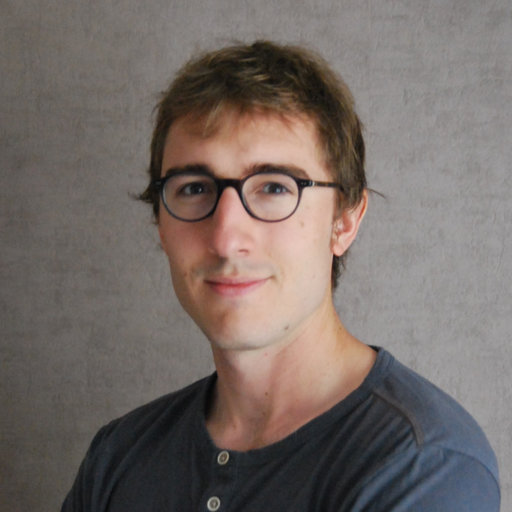
CNRS Researcher at Institute of Earth Sciences (CNRS, Grenoble). His main interests are fluid-rock interactions in hydrothermal systems (serpentinization) and in metamorphic rocks (eclogitization). He combines petrological studies with the use of experimental and numerical tools to determine the kinetics and the mineralogical processes involved in natural environments.
Jean-Marc MONTEL
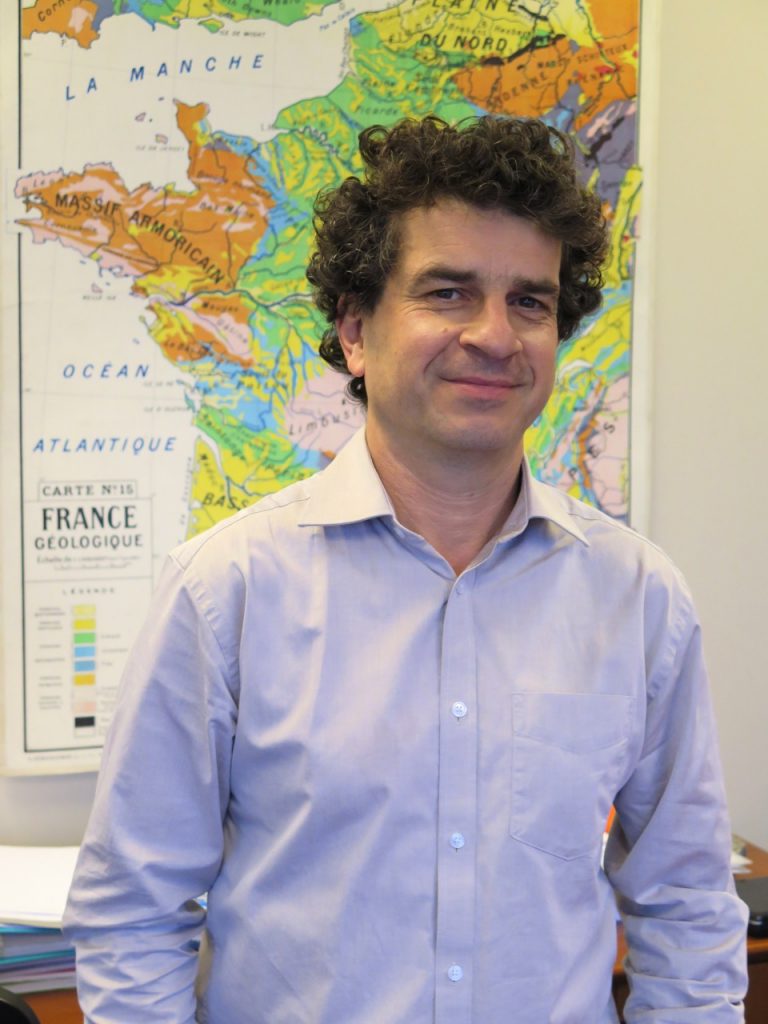
Jean-Marc MONTEL is an engineer who graduated from École nationale supérieure de géologiein 1982 and obtained a Ph.D. from the Institut national polytechnique de Lorrainein 1987 for his experimental geochemistry work supervised by Michel Pichavant and Alain Weisbrod. He worked in Clermont-Ferrand as a CNRS researcher from 1988 to 1999 at the Laboratoire Magmas et Volcansin the experimental petrology research team. His work then was focussed on partial melting of the continental crust. In 1994, he established the U-Th-Pb dating method with electron microprobe. He moved to Université Paul Sabatier of Toulouse in 1999 where he was awarded a professorship. There he mostly worked on synthesising monazite-based ceramics for long-term nuclear waste storage. He was assistant director then director of the LMTG laboratory (now Géosciences Environnement Toulouse) from 2003 to 2008. Since 2008 he is director of École nationale supérieure de géologie in Nancy.
CONSEILLERS SCIENTIFIQUES (mandat 2020-2023)
Laura Airaghi
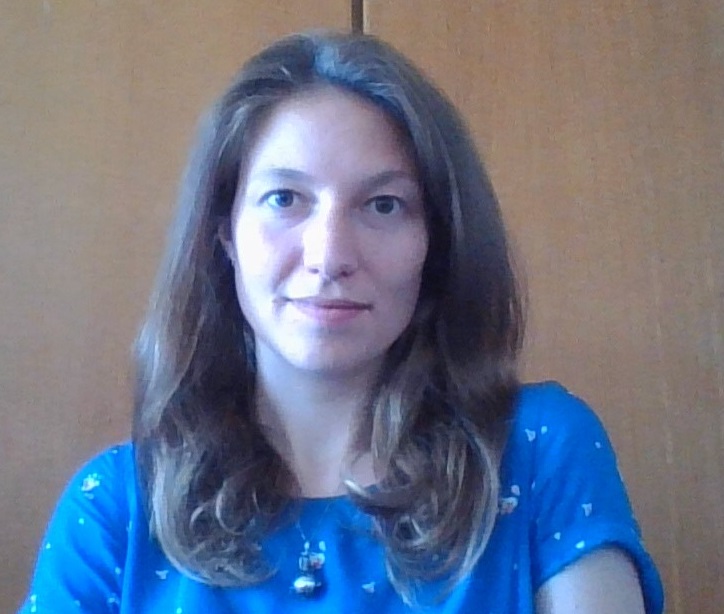
Laura Airaghi is a university lecturer at the University of Orléans. She investigates the link between metamorphic reactions (including phyllosilicates) and deformation to better understand the mechanisms that control mineral replacement and the record of the P-T-t-d paths in the mid-upper continental crust. Recently, she explored the link between hydrothermal alteration in granites and strain localization and she started to set up analogue laboratory experiences of deformation in the Griggs apparatus.
Muriel Andreani
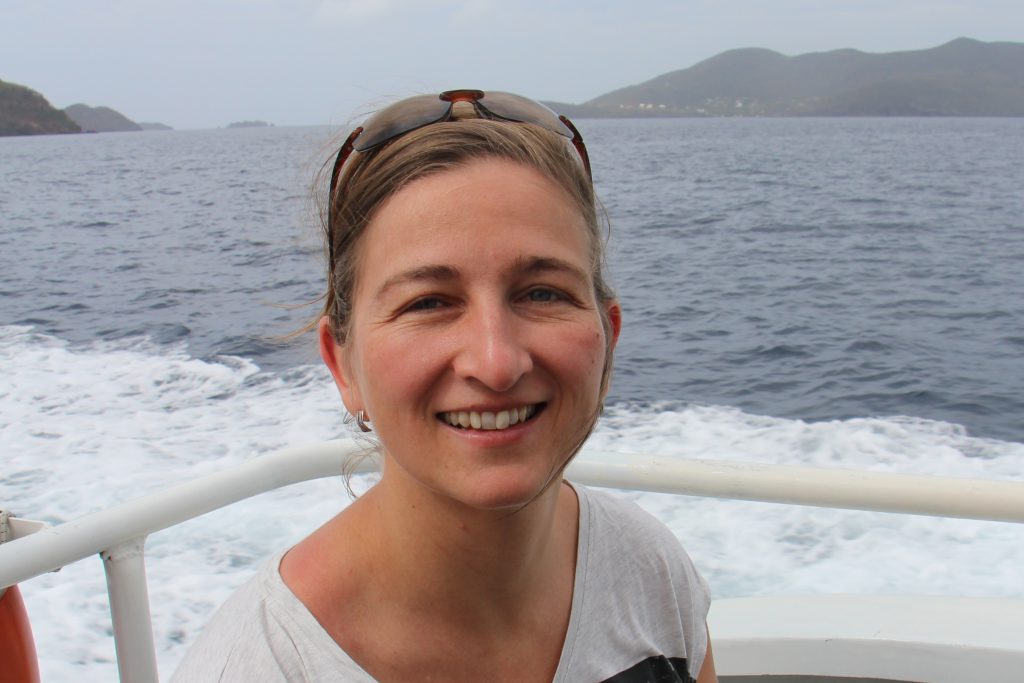
Full professor at the Université Claude Bernard, Lyon 1. She is working on the various aspects of fluid-rock interactions in the lithosphere (mechanisms, nature, and kinetic of reactions) and their rheological and geochemical implications. Using a structural, petro-geochemical and mineralogical analysis she is more specialized in oceanic systems (ocean spreading ridges and faults). She combines field work, on land or at sea during oceanographic cruises, with hydrothermal experiments in the lab.
Hervé Cardon
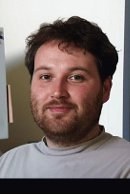
Hervé Cardon is a CNRS Engineer working at the laboratoire de géologie de Lyon. He is a specialist of high-pressure and high-temperature experiments combined with in-situ analysis. His work is focused on the investigation of fluid-mineral interactions from hydrothermal conditions to upper mantle conditions. The goal is to understand the possible consequences for life appearance and microbiological activity at the mineral surface.
Camille Cartier
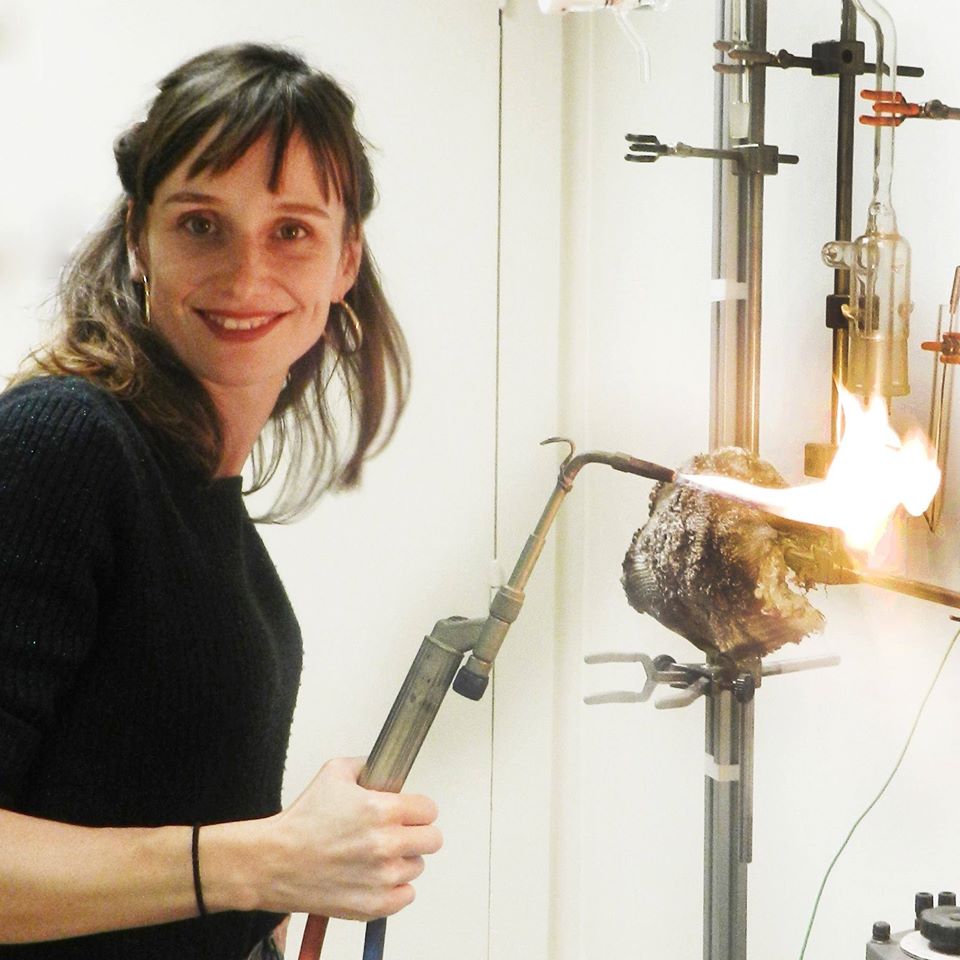
Camille Cartier is a young associate professor teaching at the University of Lorraine (France). Her research, conducted at the CRPG (Nancy, France), is focused on magmatic and cosmochemical processes that have led to the formation and evolution of planetary bodies (Earth, Moon, Mercury, asteroids…). Combining experimental petrology, geochemistry and thermodynamical modelling, she works on several topics, linked by a common thread: the impact of the “oxygen fugacity” parameter on phase equilibria and trace element partitioning.
Laura Creon
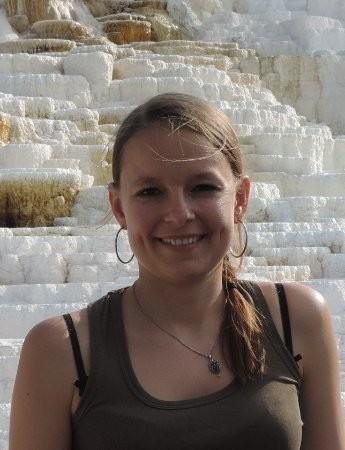
Laura Creon received her PhD from Pierre and Marie Curie University and IFP Energies nouvelles in 2015. She is specialized in analytical coupling for igneous petro-geochemistry problematics. She has done her first post-doc at the Institut Néel (2015-2016) where she studied in-situ X-ray spectroscopy. She continued with a second post-doc at the Universidad Nacional Autonomous de Mexico, UNAM (2016-2017) where she coupled X-ray tomography with igneous geochemistry. Following these two post-doc she took Research and teaching positions at Le Mans (2017-2018) and Sorbonne University (2018-2019) where she worked on the halogens solubility in Earth mantle minerals. She took her actual position as France Manager of X-ray tomography activity at SEMATEC Métrologie in April 2019.
COMMISSAIRES AUX COMPTES
Jannick INGRIN
CNRS Research Director at LMTG at the University of Lille.
He is a specialist in experimental mineralogy, and is particularly interested in measuring the physico-chemical properties of minerals, atomic diffusion, deformation and reaction kinetics. His recent work deals with the speciation of water in the mantle’s anhydrous minerals.
Céline Rommevaux
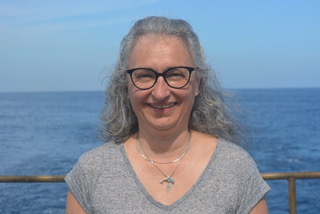
Céline Rommevaux – CNRS Senior Research Fellow at the Marseille Institute of Oceanology (MIO).
Geophysicist by training, specialist in Geomicrobiology, her work concerns the interaction of microorganisms with the rocks of the oceanic crust, and the influence of environmental variations on microbial structures and communities, in particular on iron-rich mats of the ocean floor . Her multidisciplinary approach combines fieldwork (oceanographic campaigns), in situ microbial colonization through instrumental developments, molecular biology, microbial ecology through Omics methods, and microscopy and spectroscopy for the characterization of biomineral phases.
